Approximately 66 million years ago, a catastrophic asteroid impact changed the course of life on Earth forever. In what became known as the Cretaceous-Paleogene (K-Pg) extinction event, roughly 75% of all species vanished, including the non-avian dinosaurs that had dominated terrestrial ecosystems for over 160 million years. Yet remarkably, one dinosaur lineage survived—the birds. Their survival represents one of the most fascinating stories in evolutionary history, a tale of adaptation, resilience, and fortunate biological traits that allowed them to endure when their larger relatives perished. This article explores the extraordinary factors that enabled birds to survive this mass extinction event, and how this pivotal moment shaped the evolution of the 11,000+ bird species that inhabit our planet today.
The Asteroid Impact: A Planet-Altering Event

The Chicxulub asteroid, estimated to be between 10-15 kilometers in diameter, struck Earth with a force equivalent to billions of Hiroshima bombs, creating an impact crater over 150 kilometers wide in what is now Mexico’s Yucatan Peninsula. This cataclysmic event triggered tsunamis, wildfires, and earthquakes of unimaginable magnitude across the planet. Perhaps most significantly, it ejected massive amounts of dust, sulfur, and other particulates into the atmosphere, blocking sunlight for months or possibly years in what scientists call an “impact winter.” This dramatic climate shift caused global cooling, acid rain, and the collapse of food chains worldwide as photosynthesis was severely reduced. The resulting environmental conditions created insurmountable challenges for most large-bodied terrestrial animals, including the dinosaurs that had thrived for so long.
Birds: The Surviving Dinosaur Lineage
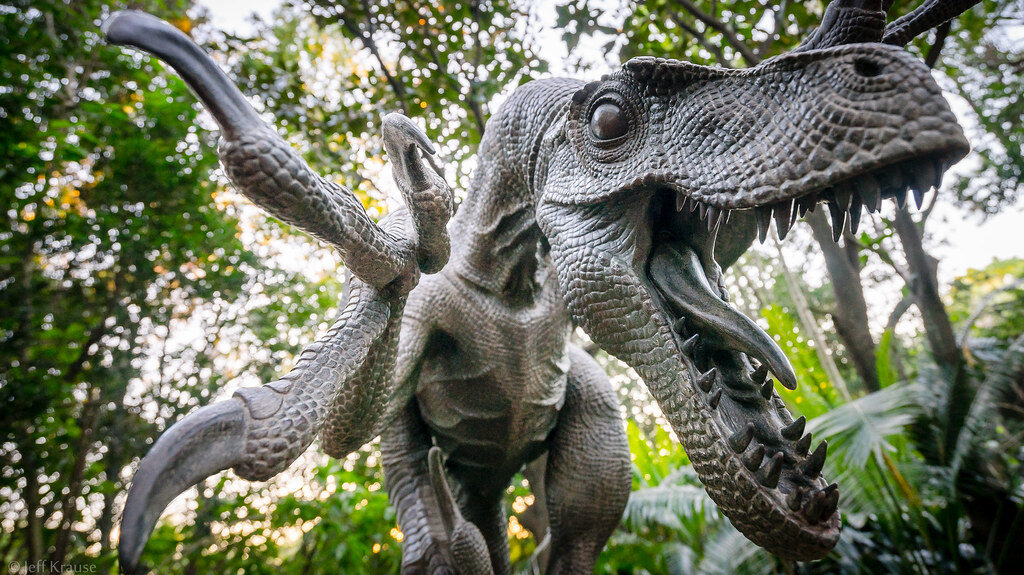
Modern birds are not merely related to dinosaurs—they are dinosaurs, specifically members of the theropod group that includes Tyrannosaurus rex and Velociraptor. By the Late Cretaceous period, birds had already been evolving as a distinct lineage for approximately 100 million years, developing unique adaptations that would ultimately contribute to their survival. These early birds had already developed features we recognize today: feathers, lightweight hollow bones, and highly efficient respiratory systems. Many of these adaptations initially evolved for purposes other than flight—feathers, for instance, likely first appeared for insulation or display. However, these pre-existing adaptations positioned birds with unexpected advantages when facing the post-impact world, demonstrating how evolutionary innovations developed for one purpose can provide benefits in entirely unforeseen circumstances.
Small Body Size: A Critical Survival Advantage
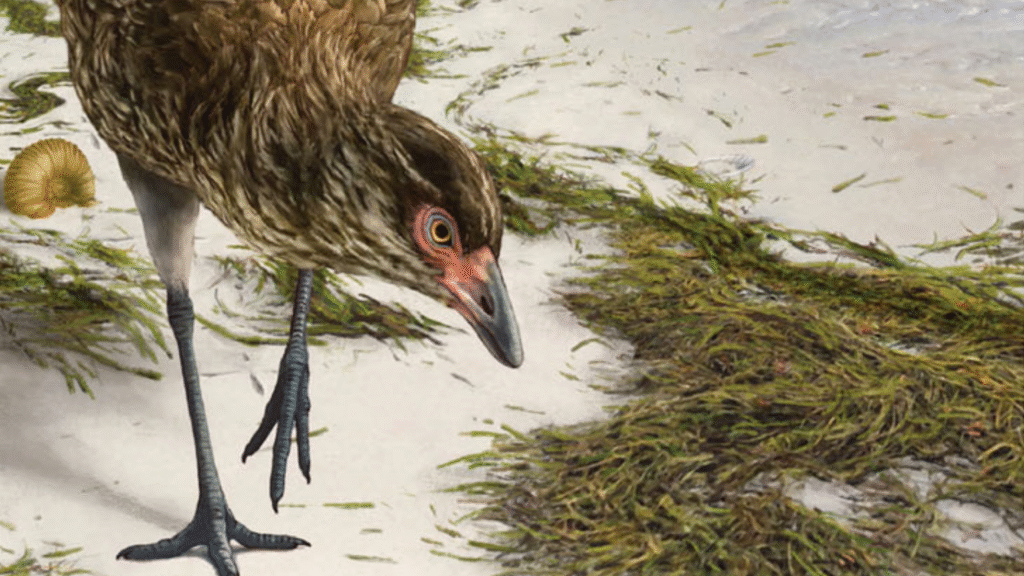
One of the most significant factors in birds’ survival was their relatively small body size compared to their dinosaur relatives. In the aftermath of the asteroid impact, when food resources became scarce during the extended impact winter, large-bodied animals faced a severe disadvantage. Larger dinosaurs required substantial daily caloric intake to maintain their massive bodies, making them particularly vulnerable to food shortages. By contrast, the smaller bodies of birds required less food to sustain, allowing them to survive on limited resources. Fossil evidence suggests that the birds that survived the extinction were predominantly small-bodied species, likely weighing less than one kilogram. This pattern aligns with a broader trend observed across the K-Pg boundary, where smaller-bodied animals generally fared better than larger ones, a phenomenon paleontologists call “size-selective extinction.”
Dietary Flexibility: Seeds of Survival
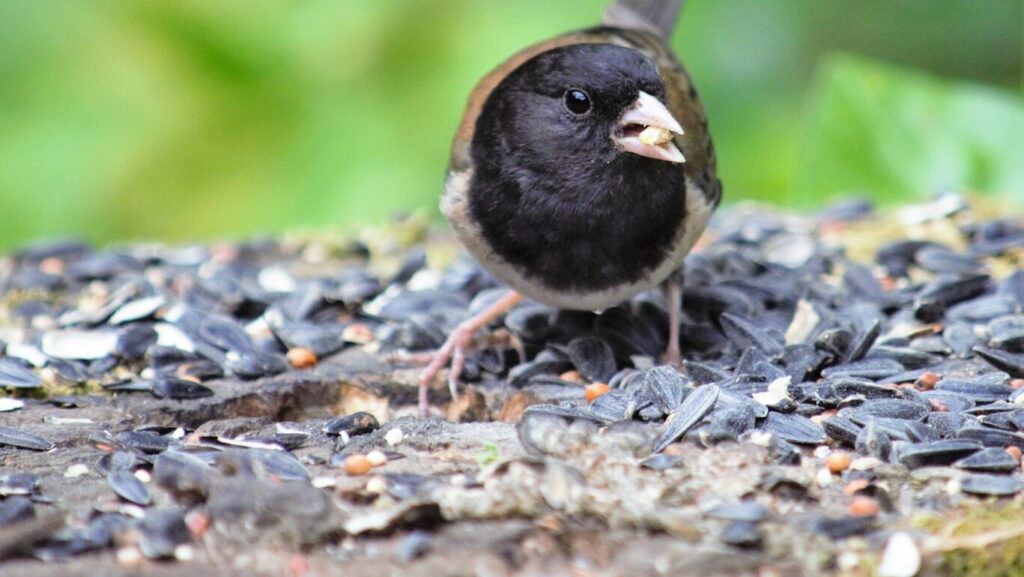
Another crucial advantage for certain bird lineages was their dietary flexibility, particularly their ability to consume seeds. Seeds represent a high-energy food source that can remain viable for extended periods, even during environmental catastrophes. After the asteroid impact, when global photosynthesis was severely diminished, fresh plant growth would have been minimal for months or years. However, seeds already present in the environment could have sustained seed-eating birds through this critical period. Paleontological evidence suggests that the bird lineages that survived the extinction were likely those with adaptations for seed-eating, including specialized beaks and digestive systems. These granivorous (seed-eating) birds possessed a critical advantage over carnivorous or insectivorous species whose food sources would have rapidly disappeared after the impact.
Ground-Dwelling Advantages in a Scorched World
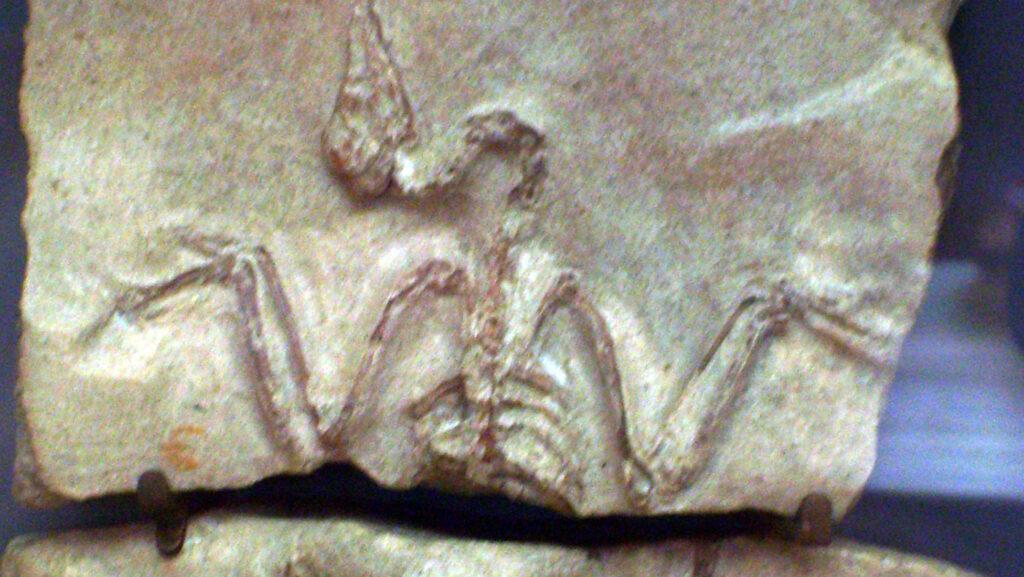
While it might seem counterintuitive, evidence suggests that ground-dwelling birds may have had survival advantages over their tree-dwelling counterparts during the extinction event. The widespread wildfires triggered by the asteroid impact would have destroyed forests across vast regions, eliminating crucial habitat for arboreal (tree-dwelling) species. Ground-dwelling birds, already adapted to terrestrial lifestyles, could better navigate the transformed landscape. This hypothesis is supported by fossil evidence indicating that the bird lineages that survived the K-Pg boundary were predominantly ground-nesters rather than tree-nesters. Modern bird phylogeny further supports this idea, as the earliest diverging lineages of modern birds—including ratites like ostriches and emus—are ground-dwelling species, suggesting their ancestors may have had similar habits that contributed to their survival.
Metabolic Adaptations: Surviving the Cold

Birds possess a remarkable physiological trait that proved invaluable during the impact winter—endothermy, or the ability to maintain high body temperatures internally. This warm-blooded metabolism, combined with insulating feathers, allowed birds to function effectively even as global temperatures plummeted following the asteroid impact. Additionally, some research suggests that certain bird lineages may have been capable of torpor—a state of decreased physiological activity similar to hibernation—which would have further reduced their energy requirements during food scarcity. Modern birds like hummingbirds and swifts can enter torpid states to conserve energy during challenging conditions, and this ability may have ancient origins. These metabolic adaptations provided birds with critical resilience during the harsh environmental conditions that followed the extinction event.
Flight: The Ultimate Escape Mechanism
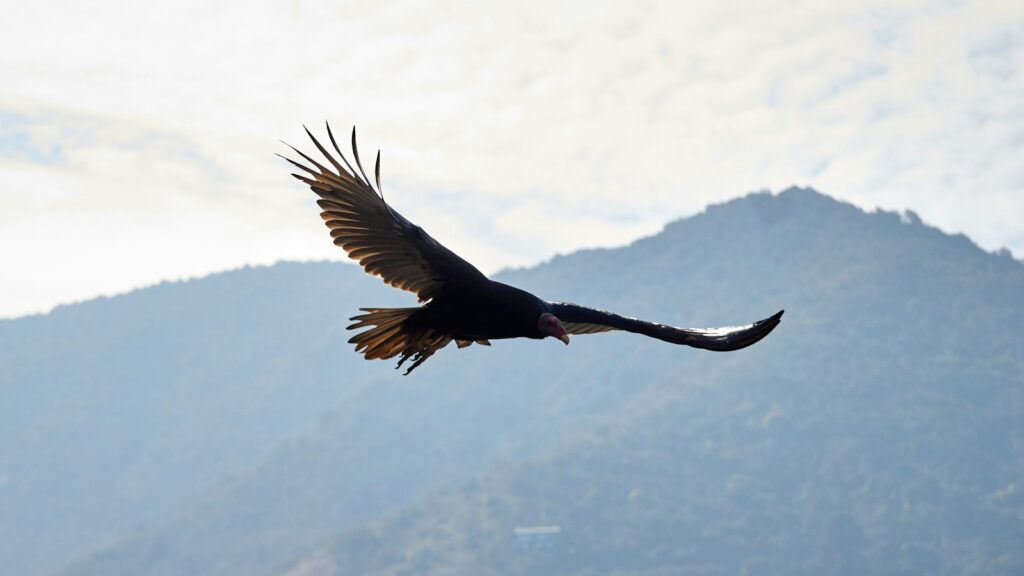
Perhaps the most obvious advantage birds possessed was their ability to fly, providing them with unparalleled mobility during a time of environmental chaos. Flight would have allowed birds to escape immediate dangers such as wildfires, seek out remaining food sources across wider ranges, and locate suitable habitats as environments changed. This mobility would have been particularly valuable given the patchiness of resources in the post-impact world. Additionally, the ability to fly long distances may have enabled birds to reach regions less severely affected by the immediate aftermath of the impact. While flight alone was not sufficient for survival—as pterosaurs, the flying reptiles, did not survive the extinction—it likely provided birds with a crucial competitive advantage when combined with their other adaptations.
Efficient Respiratory Systems: Breathing Through Crisis
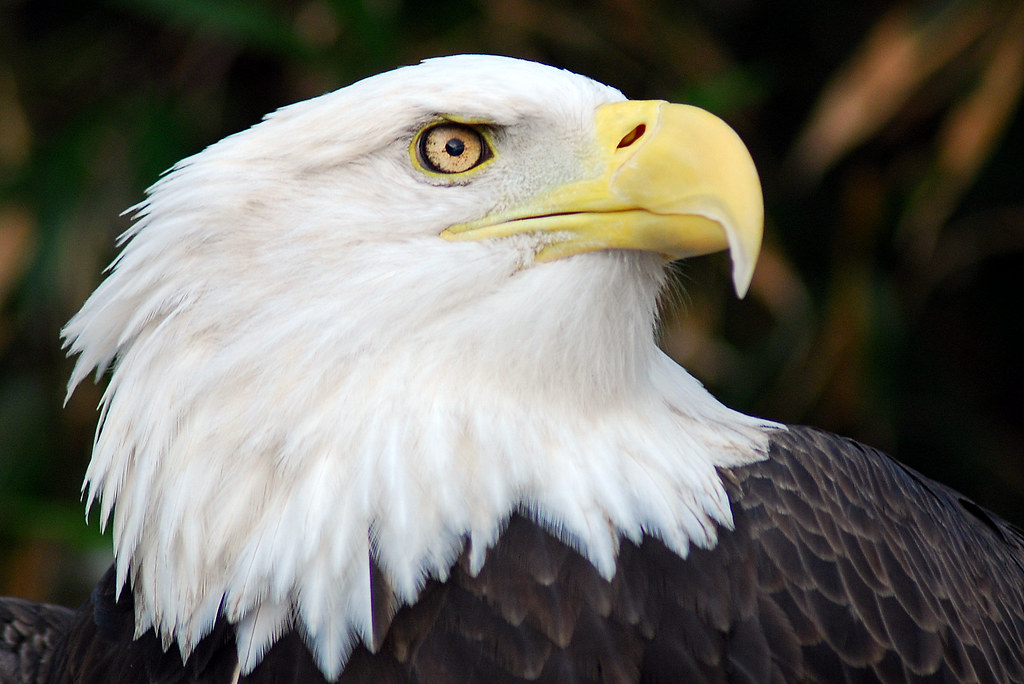
Birds possess a unique respiratory system that is remarkably more efficient than that of mammals and other vertebrates. Their air sac system allows for one-way airflow through the lungs, enabling them to extract oxygen more efficiently even in challenging atmospheric conditions. Following the asteroid impact, atmospheric composition was likely altered by massive amounts of dust, soot, and toxic gases, potentially creating respiratory challenges for many animals. Birds’ highly efficient lungs may have provided them with a critical advantage in extracting sufficient oxygen from the compromised atmosphere. Additionally, this respiratory efficiency contributes to birds’ high metabolic rates, supporting their endothermic physiology during the prolonged impact winter when maintaining body temperature would have been essential for survival.
Behavioral Adaptations: Intelligence and Flexibility
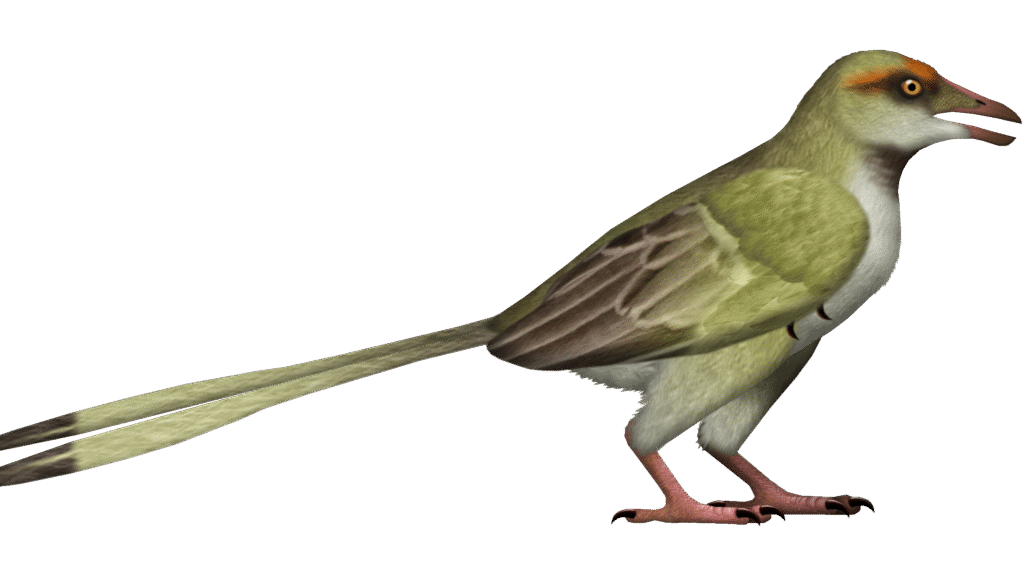
The cognitive abilities and behavioral flexibility of birds may have contributed significantly to their survival through the extinction event. Even by the Late Cretaceous, birds had evolved relatively large brains for their body size compared to many other dinosaur lineages. This enhanced neural capacity likely translated to greater behavioral adaptability in the face of rapidly changing environmental conditions. Birds with higher cognitive functions could potentially have modified their foraging strategies, found novel food sources, or adjusted other behaviors to cope with post-impact challenges. While direct evidence of such behavioral adaptations is difficult to obtain from the fossil record, studies of modern birds demonstrate remarkable problem-solving abilities and behavioral plasticity that may reflect ancestral traits that proved valuable during the extinction crisis.
Reproductive Strategies: Rapid Recovery Potential
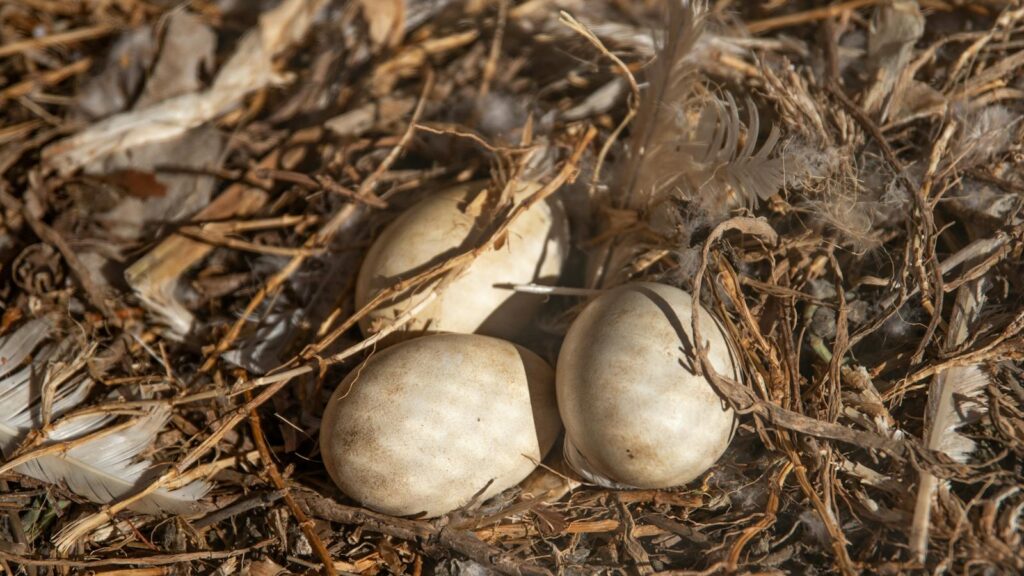
The reproductive biology of birds may have provided them with advantages both during and after the extinction event. Birds typically lay eggs with hard calcium-rich shells that offer protection against environmental stressors and predators. This reproductive strategy requires less maternal investment than live birth and allows for the production of multiple offspring simultaneously. Many bird species also exhibit rapid reproductive cycles and relatively quick maturation compared to larger dinosaurs, which often took years or even decades to reach reproductive age. These characteristics would have allowed surviving bird populations to recover more quickly once environmental conditions began to improve. The ability to rebound rapidly from population bottlenecks would have been crucial in the unstable post-extinction environment, potentially explaining why birds not only survived but eventually diversified into thousands of species.
Regional Survival: Refuge Areas and Geographic Luck
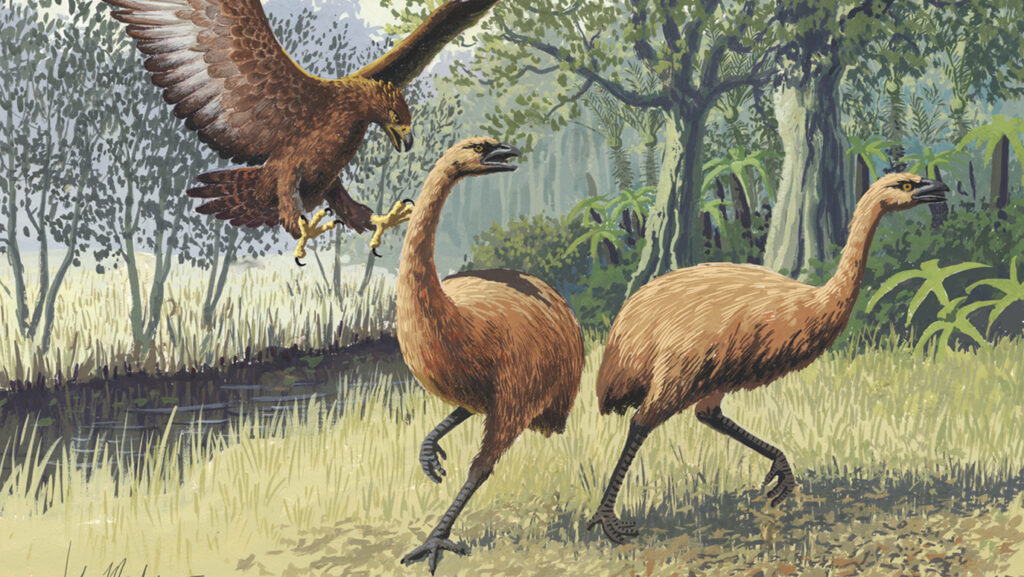
Emerging evidence suggests that the impact of the K-Pg extinction event wasn’t uniform across the globe, with some regions experiencing less severe or shorter-duration effects than others. These “refuge areas” may have played a critical role in bird survival, providing havens where conditions remained marginally habitable. Recent studies of fossil deposits in regions like New Zealand, Antarctica, and parts of what is now North America suggest these areas may have maintained viable ecosystems that supported surviving bird populations. Geographic factors such as distance from the impact site, mountain ranges that created microclimates, or coastal areas with moderated temperatures may have created these critical refuges. The birds that happened to inhabit these regions when the asteroid struck may have benefited from a significant element of geographic luck, highlighting how chance sometimes plays a crucial role in evolutionary outcomes.
Evolutionary Bottleneck: DNA Evidence of Bird Survival
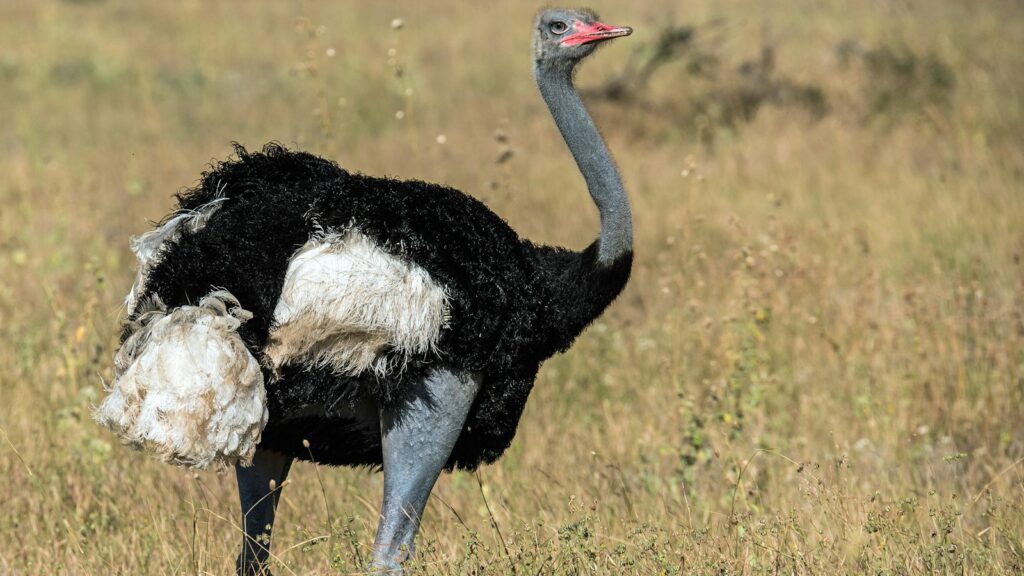
Molecular evidence from DNA studies provides fascinating insights into the severe population bottleneck birds experienced during the K-Pg extinction. Genetic analyses suggest that only a small number of bird lineages—perhaps as few as 3-4 main groups—survived the extinction event, from which all modern birds eventually evolved. This genetic bottleneck is evident in the relatively close relationship among all living birds compared to the diversity that existed before the extinction. Studies of molecular clocks indicate that these surviving lineages began to diversify rapidly soon after the extinction event, as they adapted to fill ecological niches left vacant by extinct species. This pattern of extinction followed by rapid adaptive radiation represents a classic example of evolutionary opportunity arising from catastrophe, demonstrating how mass extinctions can reshape the trajectory of life on Earth by selecting for traits that might otherwise remain marginal.
The Avian Success Story: Post-Extinction Diversification
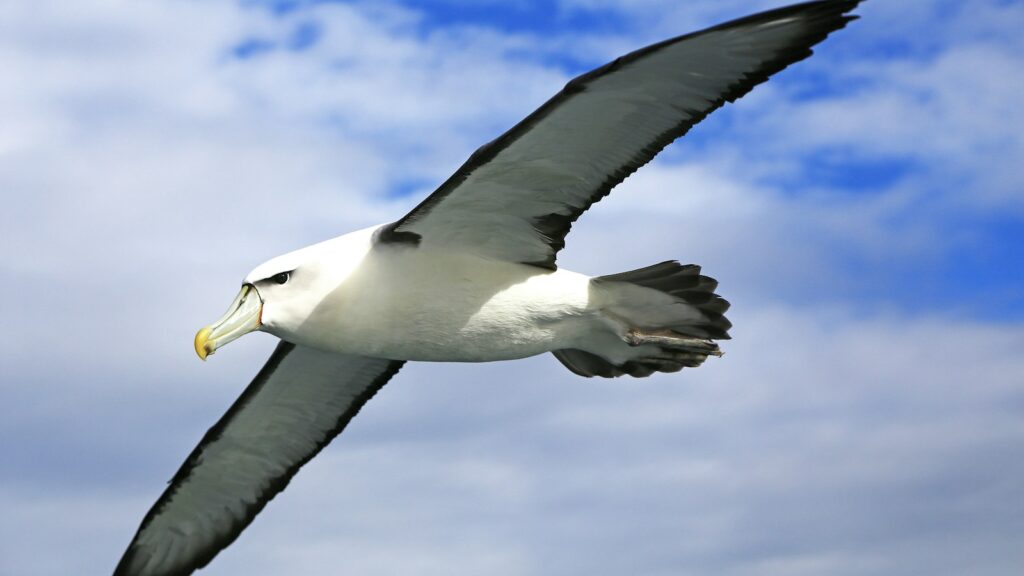
The survival of birds through the K-Pg extinction event represents only the beginning of their evolutionary success story. In the ecological vacuum created by the extinction of non-avian dinosaurs and many other vertebrate groups, birds experienced an extraordinary adaptive radiation over the subsequent 66 million years. From the few surviving lineages emerged the remarkable diversity we see today—from tiny hummingbirds to massive ostriches, from flightless penguins to soaring albatrosses. This diversification was driven by adaptive evolution into vacant ecological niches, as birds developed specialized adaptations for different diets, habitats, and lifestyles. The story of bird survival and subsequent flourishing serves as a powerful reminder of life’s resilience and adaptability in the face of catastrophic change, while also highlighting the profound and unpredictable ways that mass extinction events can reshape the evolutionary trajectory of life on our planet.
Conclusion
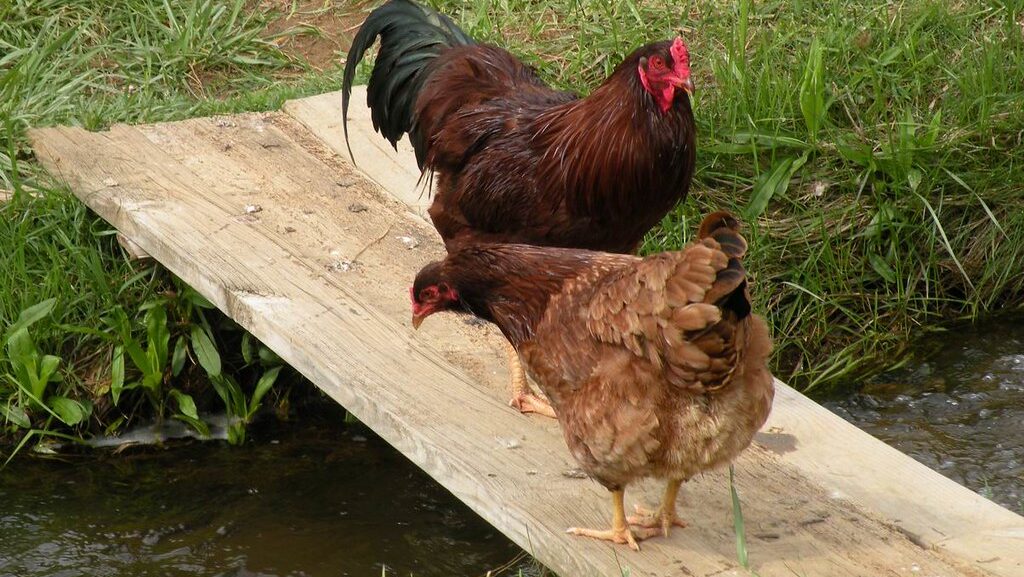
The survival of birds through the catastrophic K-Pg extinction event represents one of evolution’s most remarkable success stories. While their dinosaur relatives perished, birds endured thanks to a fortunate combination of pre-existing adaptations: small body size, metabolic efficiency, dietary flexibility, efficient respiratory systems, and flight capabilities. Their survival was likely further aided by behavioral adaptability, reproductive advantages, and possibly geographic luck in inhabiting refuge areas. The subsequent 66 million years have seen birds diversify into over 11,000 species occupying virtually every terrestrial habitat on Earth. This evolutionary journey—from surviving catastrophe to becoming one of the most successful vertebrate groups on the planet—illuminates the complex interplay of adaptation, chance, and opportunity that characterizes the history of life. By understanding how birds survived when so many others perished, we gain valuable insights into the dynamics of extinction and recovery that have repeatedly shaped our planet’s biodiversity.
